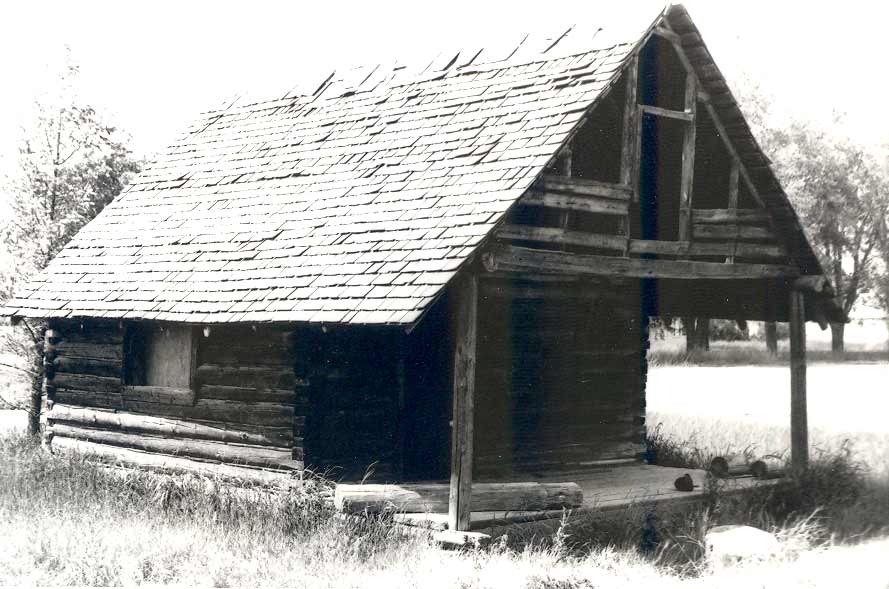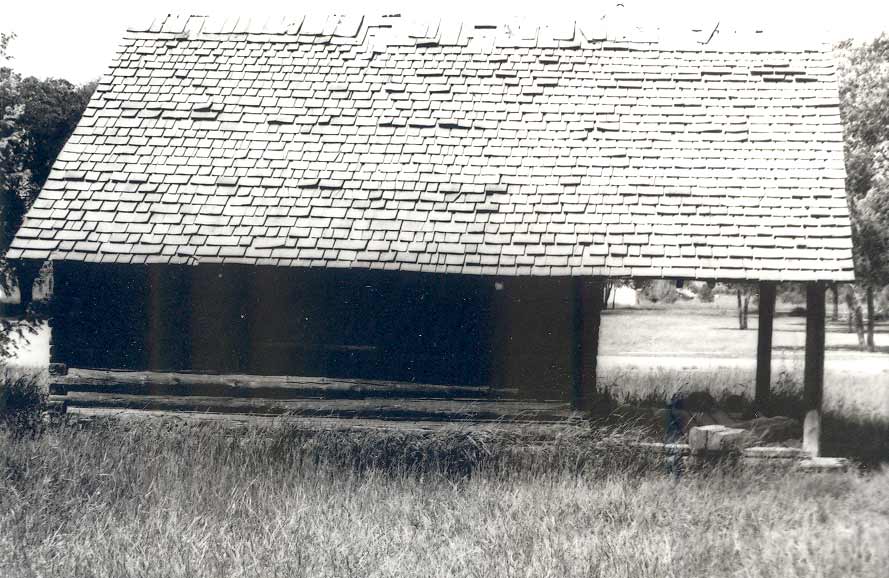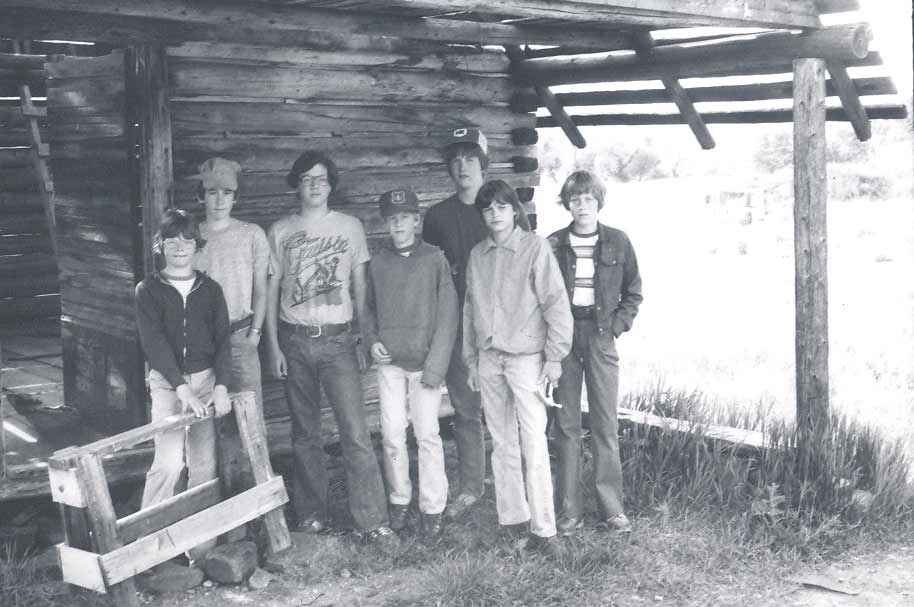


After the disastrous fires of 1910 destroyed three million acres of forest in western Montana and northern Idaho, the US Forest Service became actively involved in fire prevention and control. “Fire Watchers” were posted throughout the region to watch for fires from lookout trees on mountaintops. The men first lived in “rag tent camps” and later in permanent structures like this cabin once located in Miller Creek, south of Missoula. The cabin is used to interpret the history of forest protection and fire management.
Can you spot... a photo of an animal?
Did you find the donkey? Pack animals were very important for the foresters building and working in the fire lookouts. Every piece of equipment and supply had to be brought out to the construction site, often way off the beaten path in the mountains. This donkey was used to transport a bed, much like the one up in the Sliderock Lookout.
After the disastrous “1910 Fires” destroyed three million acres in Western Montana and Idaho, the United States Forest Service became actively involved in wild fire detection and prevention. The Forest Service established a network of trails leading to high observation points. These “Fire Watchers” were posted throughout the forestlands to search for fires from crude tree lookouts, or from tent or “rag” camps. Eventually permanent guard cabins were built, such as this one that was used in the Miller Creek area. During the 1920s, lookout towers became the more popular choice for firewatchers and replaced the guard cabins.
The Historical Museum at Fort Missoula refurbished the Miller Creek Guard Cabin and it now holds an exhibit about the history of fire protection and management.

